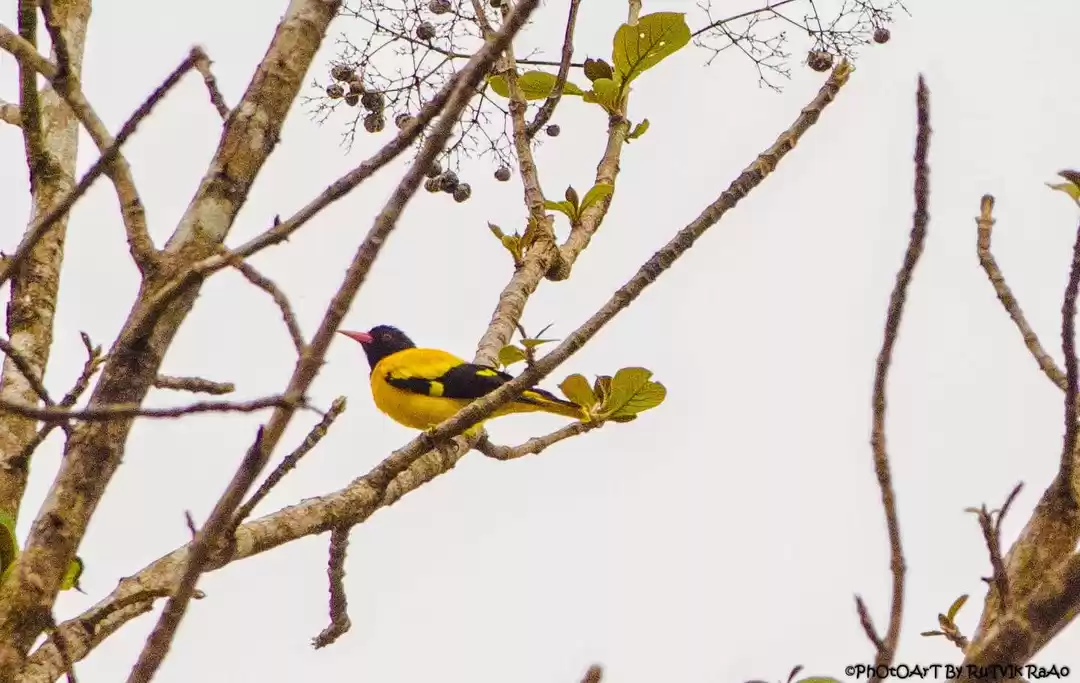


It is true that Sri Marikambe is the source of all blessings. Admiring and adoring her with maternal devotion, devotees grow to be grateful of her. Even now, a prayer offered to the All-Powerful Shri Marikambe in an unwavering manner never fails.
Therefore, devotees who are seeking Marikambe's darshan from both inside and outside of the state are granted blessings by Marikambe when she ascends to the jatra throne. Once again, there was an opportunity to take part in Sri Marikamba Devi, one of the most renowned fairs in South India.
She granted darshan while floating in a full lake.
Marikambe is the name by which she is revered.
History:
Under unexpected circumstances, Sri Marikamba Devi arrived. The devotees become enthusiastic upon hearing this tale. Sri Merkidurgi deity shrines were located in Sirsi during that era. One may argue that Divya Shakti Sri Marikambe is incarnated in this time. Based on available information, the goddess idol's box originated in the Haveri district, specifically in Hangal. An impressive Shaktipeeth is mentioned in Hangal. Since there were many palegara (owners of small kingdoms) in the nation at that time, theft was widespread. It was the end of the goddess’ fair that was held in Hangal Shakti Peetha. The godess’ idol was then stored in box, subsequently, the bandits took the godess’ idol, shattered the box near Sirsi’s lake, took the jewels out, and replaced the idol inside, she allegedly got thrown into the lake.
In those days, Sirsi was a small village of 200 houses in the Chennapur district. Basava of Asadi carried the goods of Chennapur devotees to the fair of the Goddess Chandragutti. One year, for whatever reason, he was unable to visit Candragutti. In a state of sadness, he dreamed that Marikambe had appeared to him and told him to remove her from the lake. With a seemingly exuberant expression, Basava informed the village Gowda about the situation. People came to the lakeshore in droves, intrigued. The goddess idol that Basava discovered in the box that contained a hint of the image he saw in his dream is thought to be revered as the Sri Marikambe altar.
AD 1689 Shri Marikamba Temple Establishment
In AD 1689, Sri Marikamba Devi temple was established. The Sonda lords of the Vijayanagara Empire were asked by devotees to install a wooden idol of Sri Devi, which is rumored to have been discovered in a lake in the village of Sirsi. For hundreds of years, the town's elders served as the foremen and handled administration. Built between AD 1850 and 1875, Sri Devasthan's magnificent sanctum sanctorum, tower, and mahadwara were all constructed.
Shri Marikamba Fair:
One of Karnataka's Shakti Peethas is Sirsi Sri Marikambe. On March 19, the nine-day fair got underway. The Sirsi Fair holds the distinction of being Karnataka's largest fair.
chariot festivals nearby. In other places, the original idol is still present in the temple, and rituals and special worship are performed. The Utsava idol is paraded while drawn by a palanquin or chariot.
However, during the Sirsi fair, the seven-foot-tall idol of Mula Devi is displayed with decorations, a marriage ceremony is held, and it is then carried in a procession to Bidaki Bayalu, the site of the fair. From then on, the fair was held. This Tuesday, March 20, is the procession date. Its elegance is second to none. On that day, millions of devotees enthusiastically took part. On a specially embellished jatra throne of the Bidaki bayalu, Sri Marikambe is enthroned. From that point on, she spent nine days there, offering the devotees close darshan. There's no other situation where such a close-up vision is feasible.
One feels as though Durga herself is standing there, surrounded by a gorgeous statue that is seven feet tall, with a gold crown adorned with a diamond, Navaratna (nine stones), a lion throne, gold bangles, silver prabhavali, eight hands, each holding a unique golden weapon, and ruddy eyes and flowering hands. The devotees acquire fervor and devotion as a result of it.
The Goddess' idol is returned following nine days of adoration, religious ceremonies, and festivals in honor of Jatra. That is the day when the pandal is burned and a symbolic sacrifice is made. The following is the backstory.
There was this Brahmin girl, she was incredibly pretty. A man from the non-vegetarian society seduced her. He studied Vedic mantras and pretended to be a Brahmin in order to get her. began eating a vegetarian diet. He married that girl and concealed everything from his gotra and clan.
When his Brahmin spouse discovered out, she lost her temper. She killed him, and became self-widow. She lit the home on fire, nevertheless, because her rage did not go away. When the locals saw her fury, they believed that the woman was a deity after all.
Although the story seems to depict Brahmin-nonbrahmin, superior-inferior discrimination in the modern day, Marikambe becomes an idol and a symbol of the enormous power of women in that era.
A buffalo raised in the temple was therefore sacrificed on the final day of the fair as a representation of the husband. After Mahatma Gandhi visited Shirsi in 1933, animal sacrifice was outlawed. Ever since, a syringe is used to take out the blood of buffalo. This is an example of an anti-animal sacrifice policy.
Following the conclusion of the fair, the Marikamba temple closes. The idol is ceremoniously submerged in water as the goddess is being impure. Once the sutaka is over enshrined in the temple once again. Ugadi is when Devi's darshan starts. In other words, the goddess reverts to being a virgin. A new buffalo calf is raised and the buffalo, which served as the husband's emblem, is sold at auction.
Another unique aspect is that the entire city of Sirsi does not celebrate the Holi festival during the Marijatre year. There is no Kama (God of Love) idol in any location. Nobody even plays with the colors.
The biennial event attracts lakhs of devotees from over the state, including Goa, Maharashtra, and Andhra. The goddess's close darshan captivates devotees. Shirsi's visage will alter throughout the course of these nine days. The Gandharva (abode of celestial) world is created at night by Yakshagana, Drama, Circus, Giant Wheel, different games, and beautiful lighting.
Specialized law enforcement and paramilitary units are summoned. Extra security, a CC camera for the precious goddess idol, and gold decorations are all planned.
How to Reach Sirsi:
By Road: Several state highways connect Sirsi to other regions of the state. To reach Sirsi, there are three mountain roads, also known as the Ghat portion.
1. Devimane Ghat Road via Katgal, Devimane, and Amminali from Kumta 15 total hairpin turns in total.
2. The Vaddi Ghat Road via Achave, Yana Rock Mountain, and Devanahalli from Ankola 21 total hairpin turns overall.
3. Doddamane Ghat Road via Mavingundi, Siddapura, and Kansoor from Kumta 15 total hairpin turns in total.
Via train: The Talguppa and Kumta railhead is the closest. Sirsi is 54 km away from Talguppa. Sirsi is 62 km away from Kumta. Around 76 km separate Haveri Railway Station from Sirsi. From there, trains go to a number of significant cities, including Hubli, Davangere, Bangalore, Mumbai, Pune, Salem, Madurai, and Tirunelveli.
By Air: The closest airports are in Hubli and Belgaum, which are both about 2.5 hours and 5 hours drive from Sirsi respectively. Belgaum is connected to Bangalore, while Hubli is connected to Mumbai, Chennai, Mangalore and Belgaum. Dabolim Airport Goa is the closest international airport.
Where to Stay:
1. Hotel Aleha Gateway
2. Hotel Madhuvana
3. Supriya International




































